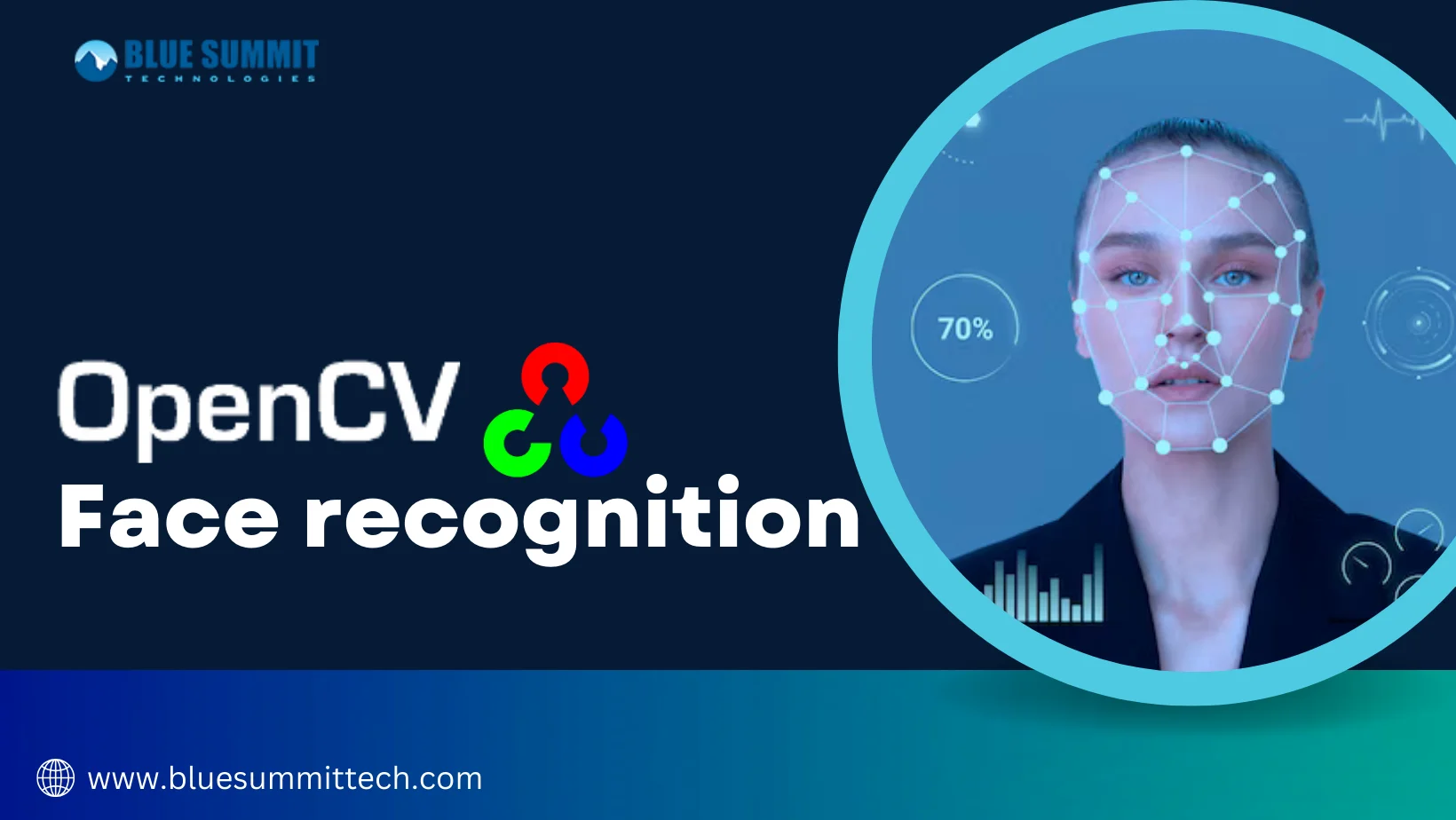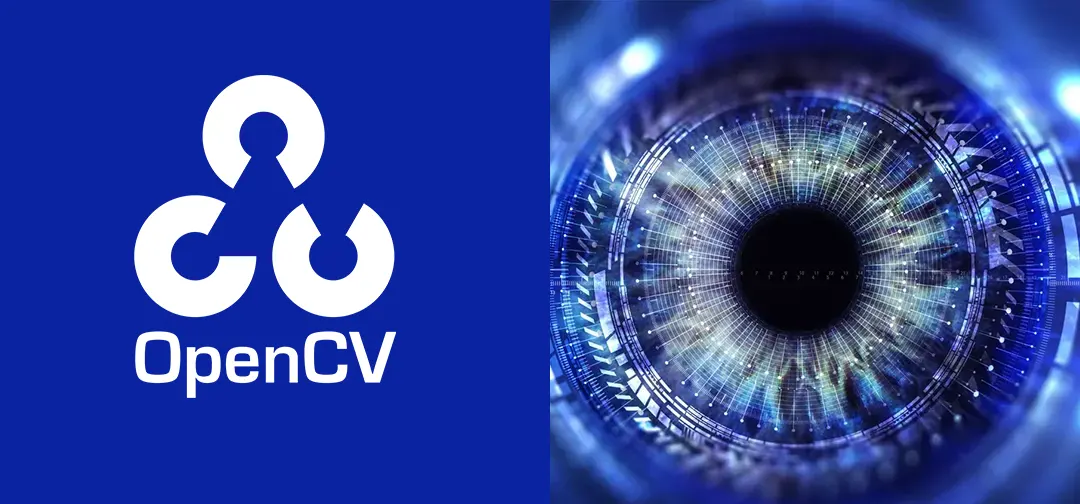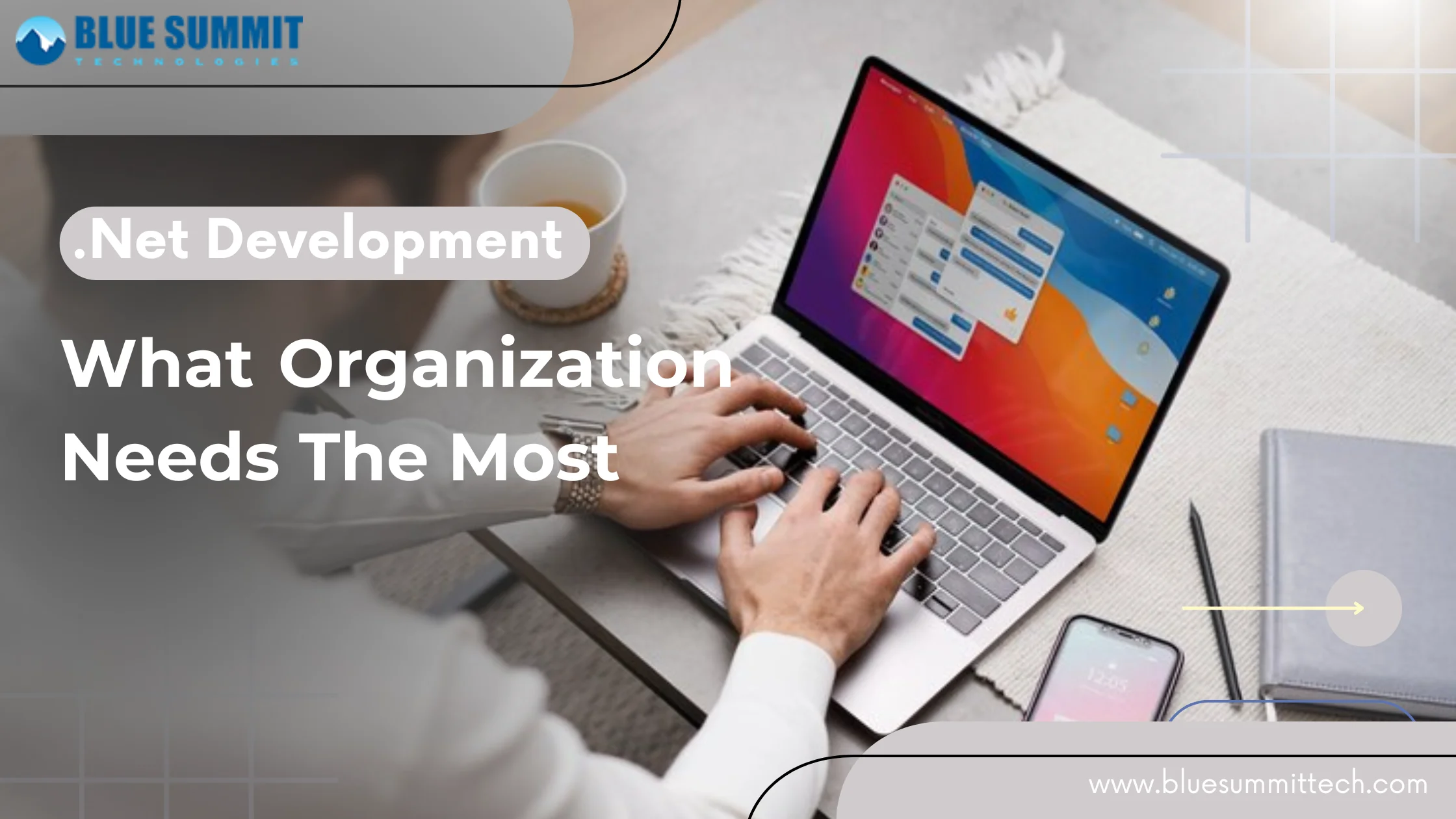
Posted on Wednesday, Jun 12th, 2024
OpenCV For Improving Your Facial Recognition System
OpenCV facial recognition advances computer vision with its powerful image processing and facial recognition tools. Created by Intel, this open-source library supports a variety of programming languages, making it beneficial to a wide range of developers. With its ability to process images in real time and to record and analyze videos, OpenCV can be used for augmented reality, object detection, and face recognition, among other things. Increased public trust, perfect user experiences, less bias, and improved safety are all potential benefits of using OpenCV facial recognition accuracy. OpenCV guarantees dependable and effective facial recognition solutions by addressing difficulties like rotation, flipping, and concentrating on particular facial characteristics.
Understanding the basics of OpenCV
OpenCV is an open-source software library developed to provide a common infrastructure for computer vision applications and to accelerate the use of machine perception in commercial products. Initially created by Intel, it has grown into a comprehensive toolkit that supports multiple programming languages, including C++, Python, Java, and MATLAB, making it versatile and accessible to a wide range of developers. OpenCV is designed to handle tasks related to real-time computer vision, a field that requires efficient algorithms for image processing, video capture, and analysis. The library's extensive functionality includes the ability to perform various image manipulations, detect and recognize objects, track movements, and even facilitate augmented reality applications.OpenCV Face Recognition Attendance System
The OpenCV Face Recognition Attendance System revolutionizes attendance management by employing OpenCV facial recognition technology. Leveraging OpenCV's advanced algorithms, it automates the attendance process through facial feature extraction, comparison, and logging. By capturing facial images, detecting faces, and recognizing features, it accurately records attendance in diverse environments. OpenCV's deep learning-based models enhance accuracy, mitigating challenges like variations in lighting and pose. This system offers efficiency, reducing administrative workload and minimizing errors associated with manual methods. It also enhances security by preventing buddy punching and unauthorized access. Its implementation also requires addressing privacy concerns related to biometric data storage and ensuring compatibility with diverse organizational setups. Despite challenges, the OpenCV Face Recognition Attendance System provides a contactless and reliable solution, aligning with modern needs for efficiency, accuracy, and security in attendance management.Concept of Facial Recognition for Attendance
The concept of using OpenCV facial recognition for attendance revolves around the idea of identifying and verifying individuals based on their unique facial features. Traditional methods of attendance, such as manual sign-ins or RFID card swipes, are prone to inaccuracies, buddy punching, and administrative burdens. On the other hand, OpenCV Facial recognition attendance systems offer a seamless and contactless alternative that reduces human error and fraud.A facial recognition attendance system captures an image of an individual’s face using a camera and then processes this image to extract distinct facial features. These features are compared against a pre-registered database to verify the individual's identity. If a match is found, the attendance record is automatically updated, and the system logs the time and date of the entry.
How an Improved Facial Recognition Accuracy Benefits Us
Advanced facial recognition systems, like those powered by OpenCV, have the potential to revolutionize our daily lives. Imagine using your face as a secure, yet convenient, key to unlock your phone, access buildings, or even make payments. OpenCV's technology goes beyond simple recognition though. OpenCV Face tracking allows real-time identification in videos and streams, making it a valuable tool for security applications, missing-person searches, and even personalized advertising. As facial recognition accuracy continues to climb, so do the possibilities for a safer, faster, and more streamlined future.Benefits of Enhanced Accuracy
1. Heightened Security
More precise systems bolster security measures in restricted areas. Law enforcement can identify suspects with greater confidence, and financial institutions can better prevent unauthorized access.2. Seamless User Experience
Faster and more accurate facial recognition streamlines user experiences. Imagine effortlessly unlocking your device or accessing personalized services without a hitch.3. Reduced Bias
Mitigating bias in facial recognition algorithms is crucial. Diverse and robust training datasets ensure the system performs equally well across demographics, promoting fairness and inclusivity.4. Boosted Trust
As accuracy increases, public trust in the technology grows. This fosters wider adoption and acceptance, paving the way for innovative applications.Rotation and Flipping
Facial recognition algorithms often struggle with variations in pose and orientation. Rotations, both in-plane (head tilts) and out-of-plane (turning sideways) can significantly alter facial features. And Because of this OpenCV offers tools to address this challenge. By preprocessing images during training, OpenCv face recognition algorithms can account for variations in the pose. Techniques like mirroring and rotating training images create a more robust dataset, improving the algorithm's ability to recognize faces in different orientations. While not a perfect solution, this preprocessing step helps OpenCV face recognition achieve higher accuracy in real-world scenarios.1. Rotation Correction
Algorithms can be trained to recognize and adjust for facial rotations. This involves generating synthetic images with various rotations or applying geometric transformations to normalize the head pose.2. Data Augmentation with Flipping
Facial recognition systems can be "tricked" by mirroring an image (flipping it horizontally). Flipping the training data during the learning phase exposes the model to a wider range of variations and improves its ability to handle flipped faces in real-world scenarios. Libraries like OpenCV, a popular computer vision library, offer built-in functions for image rotation and flipping, aiding developers in implementing these techniques for improved facial recognition accuracy.Focusing on Specific Facial Features
Not all facial features hold the same weight in recognition. Techniques that prioritize specific regions, such as the eye area (including the distance between the eyes, the shape of the eyebrows, and the texture of the iris) and the nose region (focusing on the bridge width and nostril shape), can enhance accuracy. These areas are less susceptible to changes caused by expressions or aging compared to, say, the mouth or cheeks, which can be more mobile and prone to greater variations.1. Facial Landmark Detection
Identifying key points on a face, such as the corners of the eyes and mouth, allows the algorithm to focus on areas critical for recognition. Deformations like aging or expressions have a lesser impact on these landmarks compared to the overall face shape.2. Feature Extraction
Once landmarks are identified, specific features can be extracted from those regions. These features could be distances between landmarks, ratios of facial components, or even local textures. By focusing on these features, the algorithm can build a more robust representation of the face.Conclusion
OpenCV facial recognition stands out as a versatile and powerful tool in the field of computer vision. It is a requirement for modern purposes due to its capacity to manage challenging image processing jobs and improve the accuracy of facial recognition. Through the resolution of issues such as rotation, flipping, and feature focus, OpenCV guarantees stable and dependable performance. OpenCV's contribution to improving security, usability, and equity will only increase with the development of technology, opening up new avenues for creative problem-solving across a range of industries. For all your computer vision and cybersecurity needs, Blue Summit is a great partner. We have created modern software utilizing OpenCV's powerful facial recognition features. By implementing tools designed for specific business needs, we guarantee flawless implementation and outstanding functionality for the Facial Recognition System.Blue Summit has collaborated with OdiTek Solutions, a frontline custom software development company. It is trusted for its high service quality and delivery consistency. Visit our partner's page today and get your business streamlined.
REFER TO OTHER RELEVANT CONTENTS

OpenCV Development
OpenCV, which stands for Open Source Computer Vision, is a robust open-source library dedicated to image processing. Developed originally by Intel and later supported by Willow Garage and Itseez, OpenCV has become a cornerstone in computer vision applications, particularly in the realms of Artificial Intelligence...
read more







